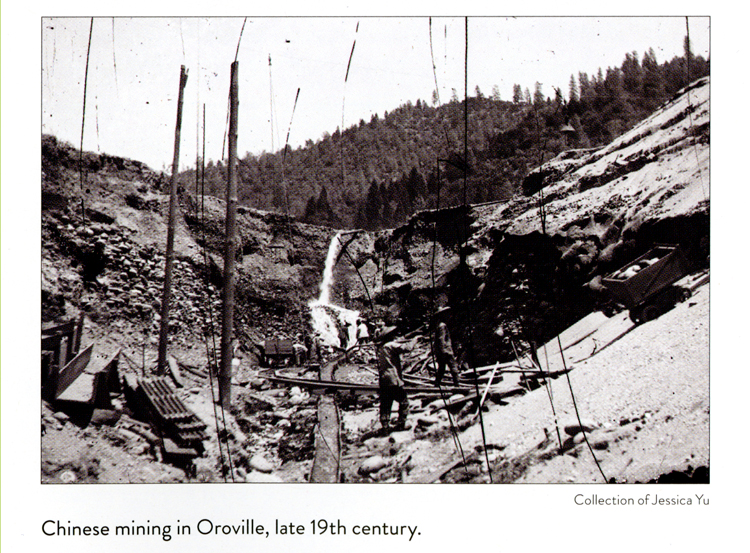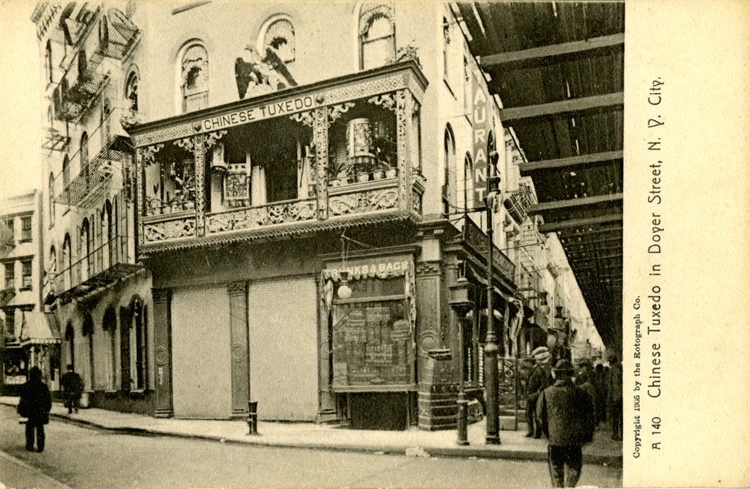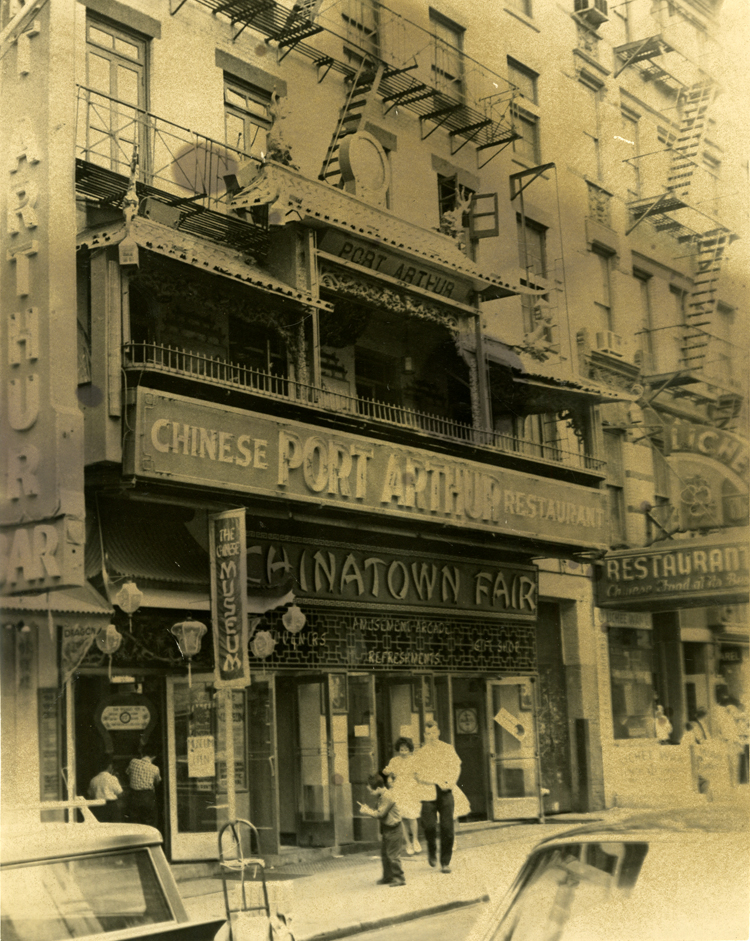While Chinese working on the First Transcontinental Railroad were often tasked with more dangerous work and longer hours than white workers, they made less than half the wages of their white counterparts and had to cover the cost of their food. On June 19th, 1867, a massive tunnel explosion killed one white worker and five Chinese workers. The last straw for the overworked, underpaid Chinese. On June 24th, three thousand Chinese workers spanning over thirty miles of tracks began a highly organized strike. The strikers demanded wages equivalent to their white counterparts and shorter hours, especially in the cramped, dangerous tunnels. The non-violent strike posed a lethal threat to Leland Stanford’s timely completion of the railroad, but Stanford ultimately undercut their show of force by cutting off all provisions to Chinese workers.
After eight days, the strike ended without any of the Chinese workers’ demands having been met, although over the next several months the company quietly raised the wage for more experienced workers. Still, the strike was no failure – through their massively coordinated effort, the Chinese workers not only demonstrated to the CPRR that it could not take the Chinese workforce for granted but challenged the prevailing racial stereotype of Chinese as passive, obedient, and without personhood. The legacy of this historic strike lives on in the continued struggle of Chinese Americans to receive adequate pay and safe working conditions, such as in the famed 1982 Chinatown Garment Strike of tens of thousands of immigrant women workers in New York.


